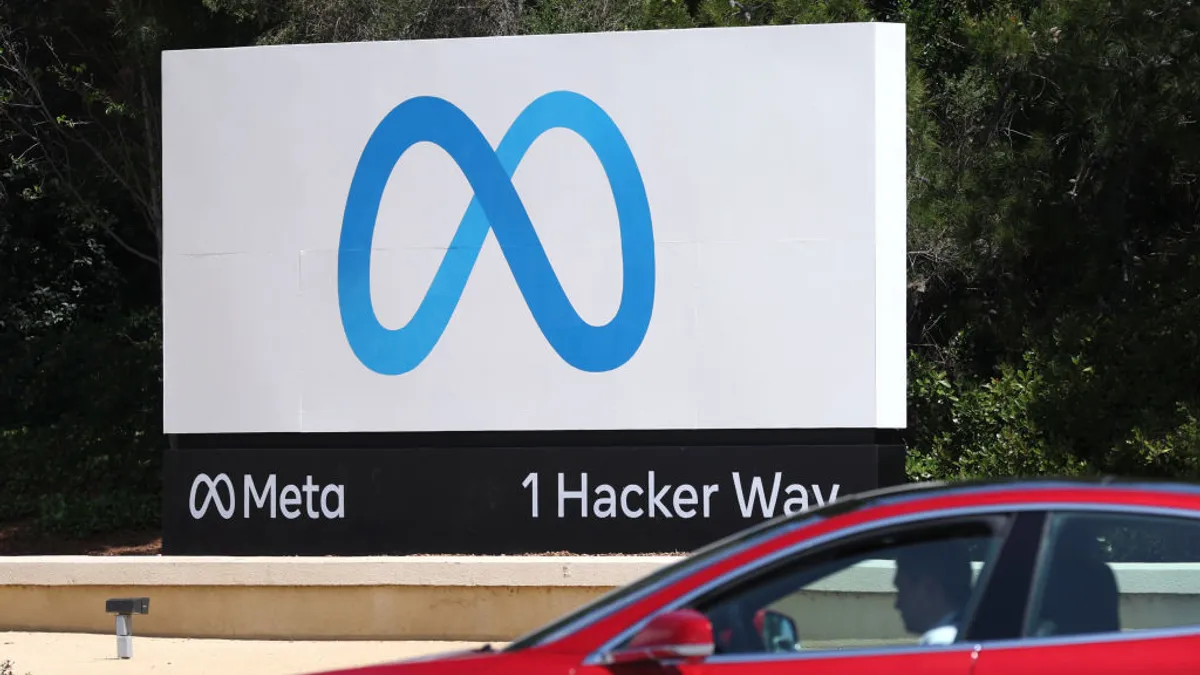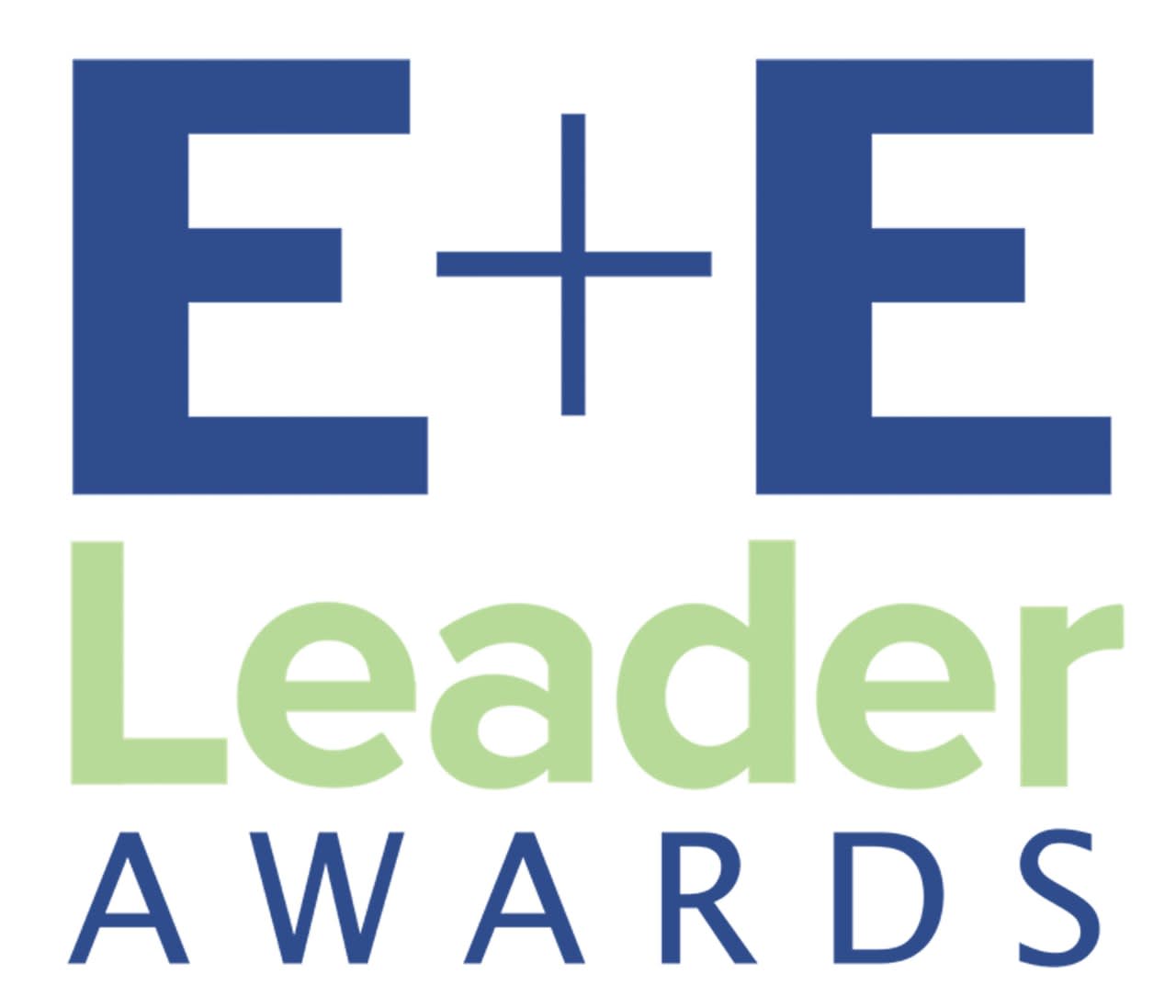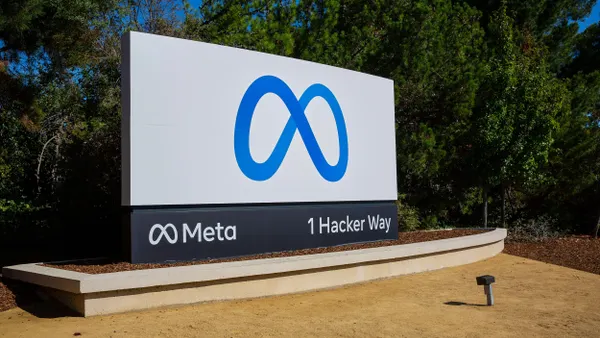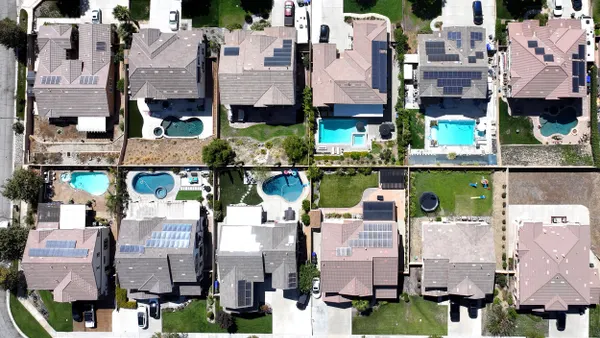Dive Brief:
- Meta signed an agreement with geothermal energy company Sage Geosystems to power its data center growth and expand the tech company’s renewable energy use, the companies announced Monday.
- The deal will provide Meta’s operations with up to 150 megawatts of new geothermal power, per the release. However, Sage Geosystems CEO Cindy Taff told ESG Dive Wednesday that a location for the site is still being worked out.
- This marks Meta’s first geothermal deal, and the agreement is expected to “significantly expand the use of geothermal power in the U.S.” and be the first use of next-gen geothermal power east of the Rocky Mountains, according to the release.
Dive Insight:
Meta — which owns social media platforms including Facebook and Instagram — and Sage made the announcement at a Department of Energy workshop for catalyzing the next generation of geothermal development. The first phase of the project is expected to be operational and online in 2027, according to the release. Taff said phase two is expected to be in operation 36-to-48 months after that.
Taff said in an interview with ESG Dive that Sage and Meta first connected around a year ago, and the tech and social media company took time to do due diligence on the technology. She said in addition to providing an offtake for their geothermal energy — the partnership allows Sage to raise funds to build what will likely be its first operational commercial geothermal facility.
“We've been having to focus anyway on how we can power data centers at a gigawatt scale, and so this was just kind of the icing on the cake,” Taff said. “Meta, of course, is looking for clean power … and geothermal is one of their areas of interest.”
Taff said Meta is also in the process of doing due diligence on other geothermal companies, and Sage will do the work east of the Rockies because other companies are already working on geothermal to the west of the mountain range.
Urvi Parekh, Meta’s head of renewable energy, said the DOE’s “leadership” in promoting and supporting the development of new energy sources “supports Meta’s goal to enable the addition of reliable, affordable and carbon-free power to the grid with this geothermal energy deal.”
Meta has 2030 goals to reach net-zero emissions across its supply chain and power its operations with 100% renewable energy by the end of the decade. To support those initiatives, the company has signed solar power purchase agreements and signed on to company coalitions for digital infrastructure emissions transparency and carbon removal credit contracting this year.
U.S. Deputy Secretary of Energy David Turk was on hand for the announcement and noted in the press release that growth in the manufacturing sector and the expansion of artificial intelligence has led to an “unprecedented growth in energy demand.”
“The [Biden-Harris] Administration views this increased demand as a huge opportunity to add more clean, firm power to the grid, and geothermal energy is a game-changer as we work to grow our clean power supply,” Turk said.
Taff said the deal also signals to the broader industry that Sage’s production and storage technology is viable and shows geothermal energy will be a part of the energy mix needed to meet the demand of energy growth and the low-carbon transition.
Geothermal power harnesses heat from the Earth’s crust and exterior and turns it into a carbon-free energy source that, according to Taff, also has a smaller footprint than solar and wind power while not being weather-dependent. The U.S. Energy Information Administration said geothermal made up just 0.4% of all electricity generated in the U.S. in 2023, but Taff said she expects geothermal to begin to grab more of the share of the energy mix going forward.
“Getting out to the field and actually putting the first commercial or the first phase into the ground … delivering it on time, on cost and with the results that we are modeling and expecting is going to be important for us,” Taff said. “But I do think it signals that geothermal is going to be a future 24/7 power generation, dispatchable energy, that that is actually viable.”
Meta did not respond to a request for comment in time for publication.











